The chickadee in the snowbank: A ‘canary in the coal mine’ for climate change in the Sierra Nevada mountains
Published in Science & Technology News
Wet snow pelts my face and pulls against my skis as I climb above 8,000 feet in the Sierra Nevada of eastern California, tugging a sled loaded with batteries, bolts, wire and 40 pounds of sunflower seeds critical to our mountain chickadee research.
As we reach the remote research site, I duck under a tarp and open a laptop. A chorus of identification numbers are shouted back and forth as fellow behavioral ecologist Vladimir Pravosudov and I program “smart” bird feeders for an upcoming experiment.
I have spent the past six years monitoring a population of mountain chickadees here, tracking their life cycles and, importantly, their memory, working in a system Pravosudov established in 2013. The long, consistent record from this research site has allowed us to observe how chickadees survive in extreme winter snowfall and to identify ecological patterns and changes.
In recent history, intense winters are often followed by drought years here in the Sierra Nevada and in much of the U.S. West. This teeter-totter pattern has been identified as one of the unexpected symptoms of climate change, and its impact on the chickadees is providing an early warning of the disruptions ahead for the dynamics within these coniferous forest ecosystems.
Our research shows that a mountain chickadee facing deep snow is, to borrow a cliche, like a canary in a coal mine – its survivability tells us about the challenges ahead.
As Pravosudov calls out the next identification number, and as my legs slowly get colder and wetter, a charming and chipper “DEE DEE DEE” chimes down from a nearby tree. How is it that a bird weighing barely more than a few sheets of paper is more comfortable in this storm than I am?
The answer comes down to the chickadees’ incredible spatial cognitive abilities.
Cognition is the processes by which animals acquire, process, store and act on information from their environment. It is critical to many species but is often subtle and difficult to measure in nonhuman animals.
Chickadees are food-storing specialists that hide tens of thousands of individual food items throughout the forest under edges of tree bark, or even between pine needles, each fall. Then, they use their specialized spatial memory to retrieve those food caches in the months to come.
Conditions in the high Sierras can be harsh, and if chickadees can’t remember where their food is, they die.
...continued

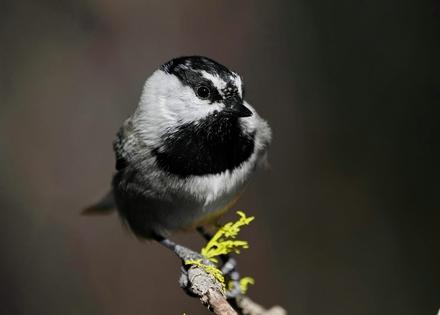
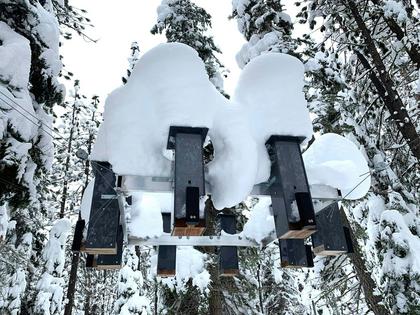
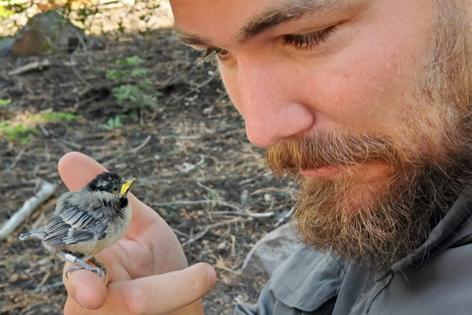
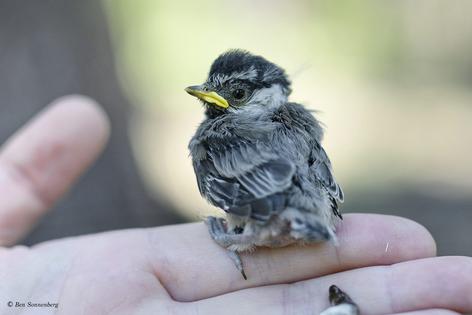
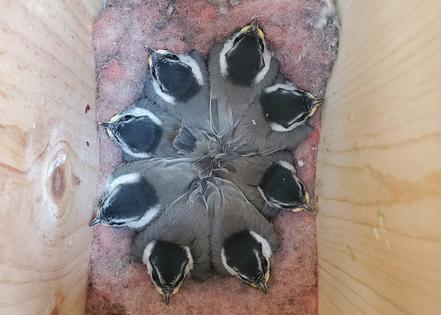











Comments